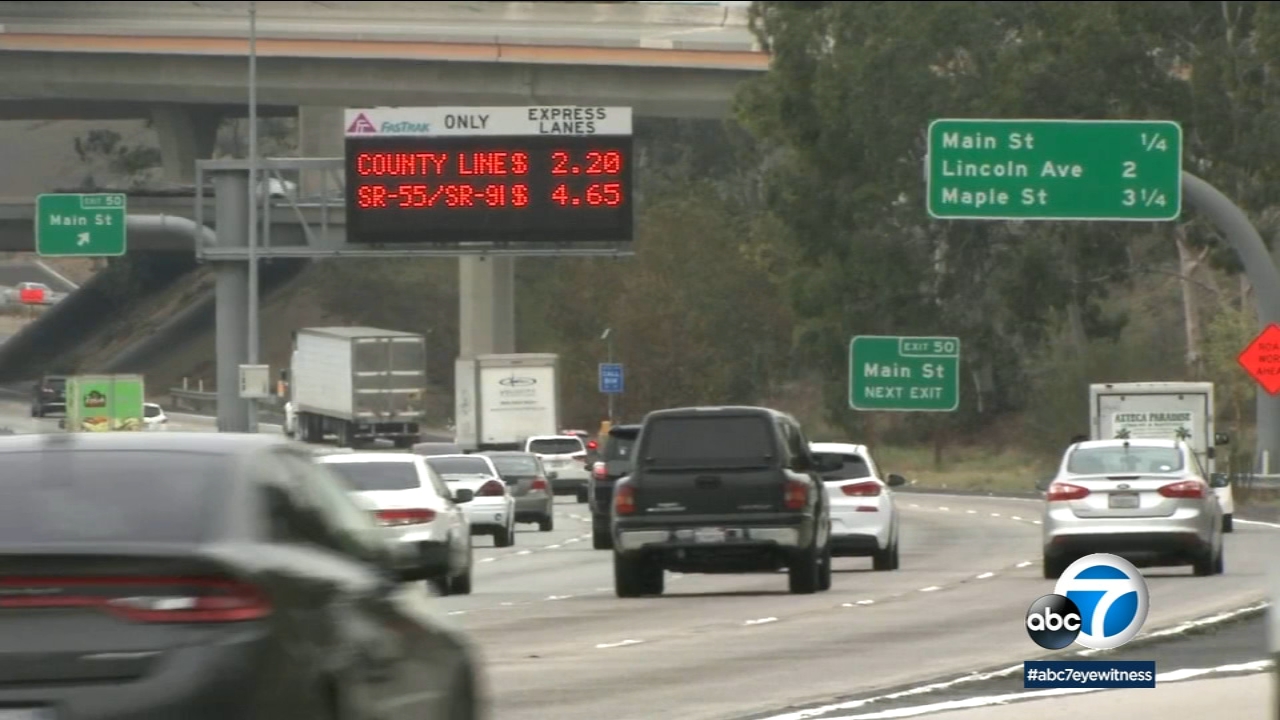

Some longtime commuters say that they haven’t noticed much change in their travel times and that the benefits of completed highway projects were only temporary. In the least, transportation officials say, the improvements have kept up with the growth in traffic, and commute times have not increased. The latest available data from early 2014 shows, however, that the amount of time wasted in traffic per year because of congestion is on the rise. In 2012, preliminary Caltrans figures show the amount of annual delay dropped an additional 12%. There are indications that some of the improvements are working.Ĭaltrans officials said the completion of a widening project on the 91 between the 55 Freeway and the 241 toll road helped to reduce the delay experienced by all motorists from 5,169,147 hours a year in 2010 to 3,657,120 in 2011, or 29%. The Metrolink commuter railroad, which serves six Southern California counties, also added service to its Inland Empire-Orange County line.

In addition, the Riverside Transit Agency and the OCTA have added express bus routes along the 91. Officials say the project is designed to end the long back-ups of traffic on the eastbound 91 at the tollway ramp. The OCTA, Caltrans and the Transportation Corridor Agencies in Irvine also are planning a $180-million flyover to better connect the 91 and 241 toll road through northeastern Orange County. Read the latest Essential California newsletter > The OCTA, working with Caltrans and the Riverside County Transportation Commission, has committed more than $360 million for 23 miles of lane additions along various parts of the 91 between Interstate 5 and the Riverside County line. Since then, there have been re-stripings to add lanes, right-of-way acquisitions, planning and environmental reviews for proposed projects. Some motorists reported 15- to 20-minute reductions in their commutes. The westbound lane, which runs for a half-mile from the Riverside-Orange county line to the Foothill Eastern toll road, eliminated one of the worst choke points on the highway.Īfter the improvement, officials said the average speed doubled from 12 mph to 28.5 mph through an 11.7-mile section of freeway. The first expansion of the 91 was a $6.7-million lane addition that opened in 2004 in Orange County.
#91 freeway express lanes traffic free#
Interested in the stories shaping California? Sign up for the free Essential California newsletter >

“I look at the regular lanes and count our blessings.” “That is a godsend for us,” Carpenter said, although it can still be slow going in Corona where highway construction is underway. The toll lanes otherwise offer motorists freeway speeds for a price that fluctuates with the level of congestion.
#91 freeway express lanes traffic for free#
Getting up every day to make that commute has been real difficult.”Ĭarpenter now uses the 91 Express Lanes for free because he carpools with his wife and daughter. “We’ve always told people our house was a beautiful place to be once you got there. “It’s been frustrating,” said Eric Carpenter of Eastvale in Riverside County, who has commuted on the 91 for more than a decade to jobs in Santa Ana. In Orange County, average daily traffic could jump by 90,000 trips, more than 30%. If projections are correct, the number of trips could exceed 400,000 a day by 2035 on the Riverside portion of the 91. Last year, the average number of trips motorists made per day ranged from 209,000 to 338,000 depending on the section of freeway, according to Caltrans. “We could have been on our way to a complete failure in the corridor, but we’ve managed to turn that around.” “It would have been so much worse had we not been able to do the things we’ve done,” said Darrell Johnson, the OCTA’s chief executive. Now in the 11th year of a 30-year plan, upward of $2 billion has been either spent or earmarked for lane additions, rebuilt interchanges, new ramps and the expansion of public transit on both sides of the Riverside-Orange county line.


 0 kommentar(er)
0 kommentar(er)
